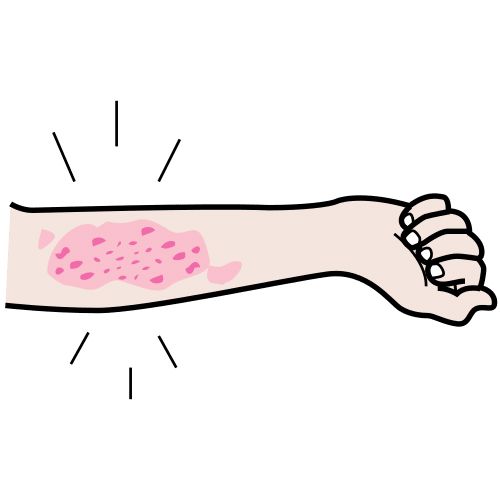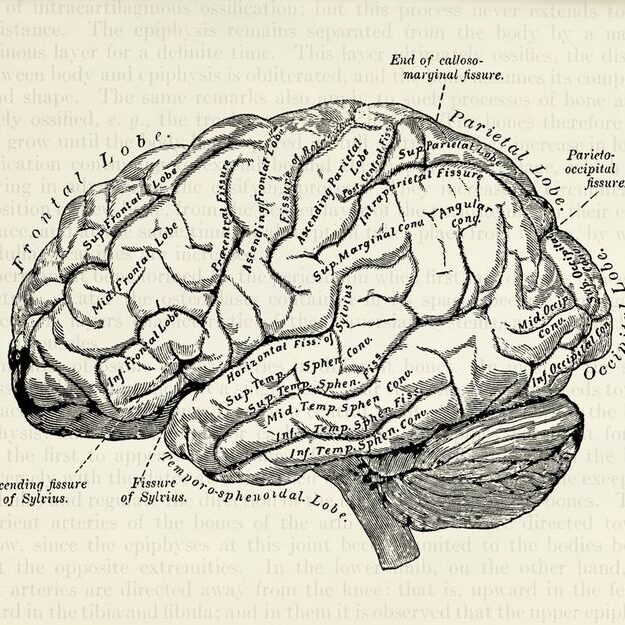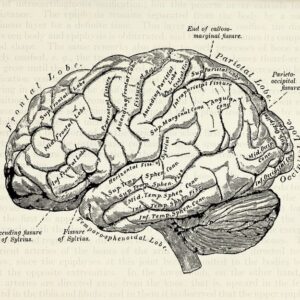These projects were written by Girls in Med students as part of our Neuroscience course during the Spring 2025 semester. Each paper explores different aspects of the brain — from trauma and dreaming to treatments and inclusion.
View additional projects below: To read more, click on the abstract!
How Epilepsy Affects Action Potentials
Written by Aaliyah Beatrice Nakato Nsubuga
Epilepsy is a neurological disorder characterized by recurrent seizures resulting from
abnormal neuronal activity. Central to this pathology is the disruption of action potentials, which
are the fundamental electrical signals enabling neuronal communication. Under normal
conditions, action potentials are generated through a regulated sequence of ion channel
activations, maintaining neural stability. In epilepsy, genetic mutations, brain injuries, or
infections can alter ion channel function, leading to neuronal hyperexcitability and the
emergence of seizures. This paper explores the mechanisms by which epilepsy affects action
potential generation and firing and neurotransmitter imbalances. By understanding these
mechanisms, we can identify gaps in existing research and apply these to develop more targeted
epilepsy treatments.
Brain Stimulation in Neurodegenerative Diseases
Written by Diana Serjant, Lana Petejan & Imogen McKay
Deep brain stimulation (DBS) has come up as a promising intervention for neurological
diseases that resist conventional treatment, notably Alzheimer’s disease, Parkinson’s disease,
and other neurodegenerative conditions. Though still a largely unresearched treatment option,
various types of brain stimulation techniques are being widely utilized in trials with carefully
selected patients, aimed at modulating brain oscillations through low-frequency stimulation.
It has, however, faced criticism due to high financial demands, post-operative issues, and
hardware malfunctions that cause acute infections in patients and may be fatal. This paper
investigates the use of brain stimulation techniques, the success of DBS clinical trials in
neurological diseases, as well as the limitations and future directions of said medicinal
development. A systematic review of numerous studies and literature on the effectiveness of
DBS as a treatment option in neurodegenerative diseases was conducted, followed by a brief
risk assessment. Findings suggested a notable improvement in cognitive function, though
individual responses differed significantly due to distinct patient profiles. These results
highlight the potential of DBS in not purely motor, but neuropsychiatric care, opening a new
door for breakthrough, circuit-based research in neuroscience.
Brain-Gut-Microbiome Axis and Neuroinflammation
Written by Angely Li, Priya Bashyal & Maria Hayek
Recent studies highlight the microbiota-gut-brain axis as a central player in the development of
neurological and psychiatric disorders. This analysis reviews five case-based studies
encompassing Alzheimer’s disease, major depressive disorder, neurosarcoidosis, pediatric acute
neuropsychiatric syndrome with Crohn’s disease, and anti-NMDAR autoimmune encephalitis
across varied etiologies, common threads, altered gut microbiota, and inflammatory signaling.
Select interventions targeting the immune or endocannabinoid systems yielded symptomatic
improvements. These findings showcase the therapeutic potential of microbiome-based or
immune-modulatory strategies.
Roots of Violence: Significant Impact of Childhood Trauma on Adult Criminal Behavior
Written by Esha Imran, Avisha Tyagi & Fatima Imran
The occurrence of traumatic events in childhood adversely affects brain development. It can
significantly influence behavioural, emotional and psychological patterns in the brain during
adulthoo,d which can lead to criminal activities and offensive behavior. This review examines
how badly traumatic events that occur in early childhood affects the brain structure and function,
specifically studying the affecting areas that are responsible for emotion regulation. Extracting
information from scientific research on the brain, this article explores the brain mechanism that
links childhood trauma and violent actions and criminal behavior in adolescence. Findings from
recent studies, including PTSD impact on brain and topological data analysis of brain white
matter underlines the importance of therapeutic measures and early interventions to lessen the
possibilities of future criminality.
Neural Correlates of Lucid Dreaming: Mechanisms of Conscious Awareness During REM Sleep
Written by Ella Summers & Yana Grinshtein
Lucid dreaming refers to the experience of becoming aware that one is dreaming while still
asleep. Although its physiological basis has been validated for decades, its underlying
neurobiology remains only partially understood. Current neuroscientific research on lucid
dreaming includes findings from electroencephalography (EEG), neuroimaging, brain lesion,
pharmacological, and brain stimulation studies. EEG research is often limited by small
sample sizes and inconsistent results. Neuroimaging data is scarce, but preliminary evidence
points to the involvement of prefrontal and parietal brain regions. Efforts to develop reliable
induction techniques have shown promise, particularly through the combination of cognitive
training and cholinergic stimulation, though the potential of electrical brain stimulation
remains uncertain. Measurement of lucid dreaming in laboratory settings relies on
established procedures, with an emphasis on best-practice methods. Lucid dreaming holds
both clinical and scientific relevance, especially as a tool for exploring consciousness,
self-awareness, and volitional processes during sleep. Further research with larger samples
and refined methodologies is essential to advance understanding and unlock potential
applications within cognitive neuroscience.
Everything about Sleep and How to Improve It
Written by Nikola Zdenkova & Linda Solcova
Sleep is an important biological process that plays a role in maintaining both mental and
physical health. However, people are often not aware of this and neglect a healthy sleep
routine. This review talks about the importance of sleep, its benefits, and physiology. It also
focuses on the most common sleep disorders and sleep deprivation. At the end, we also
provide some tips for improving sleep hygiene. The goal of this review is to educate the
public and eventually support our readers in improving their sleep hygiene.
Is Inclusion Beneficial for Autistic Children?
Written by Kholiwe Kumalo




